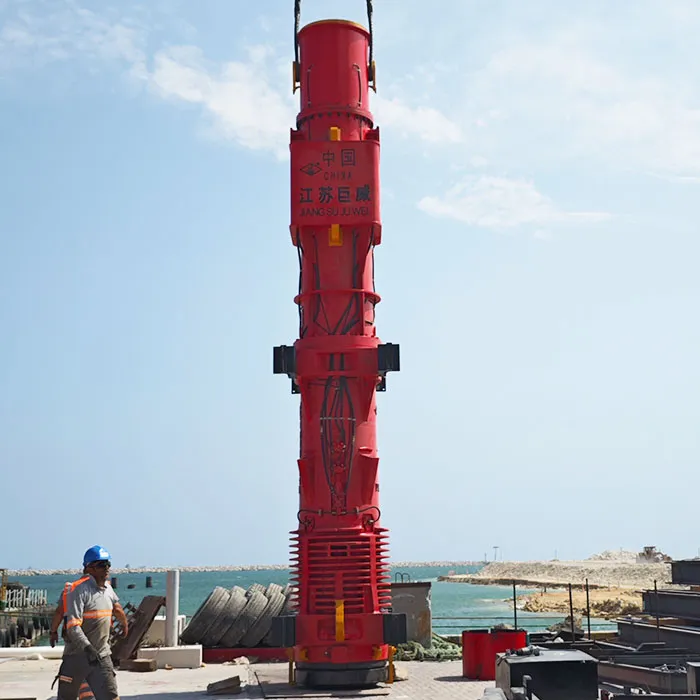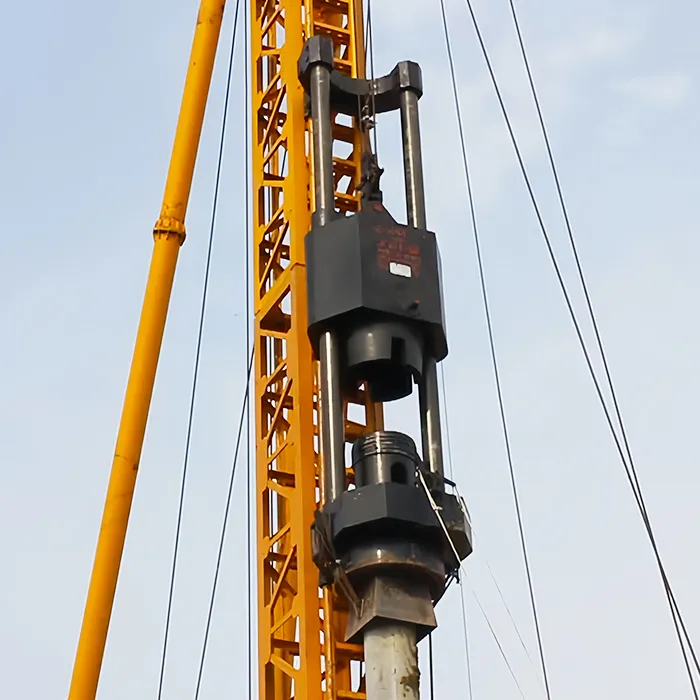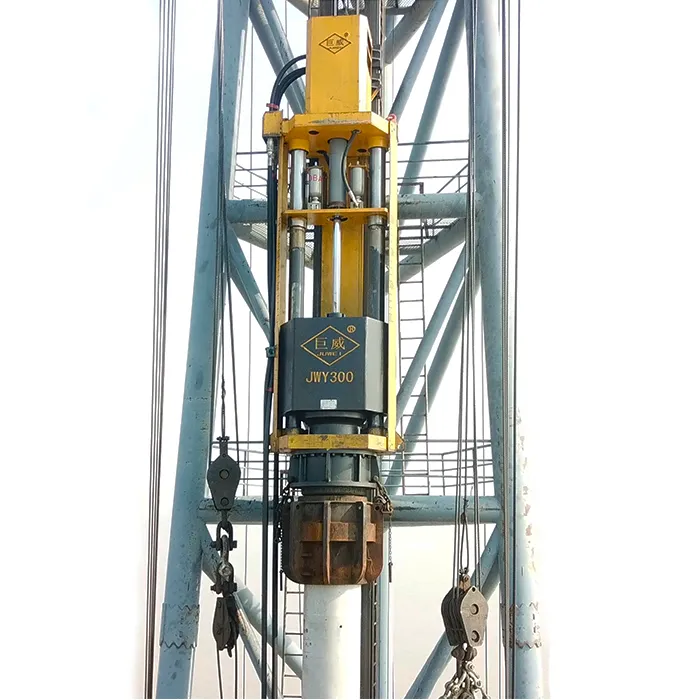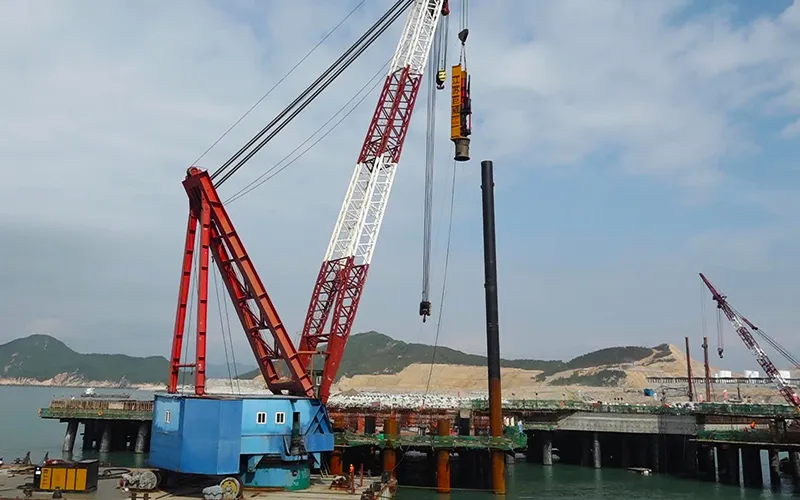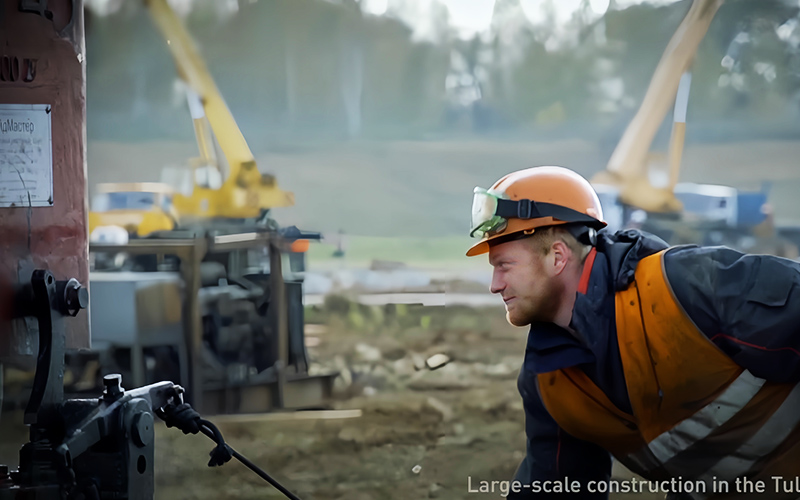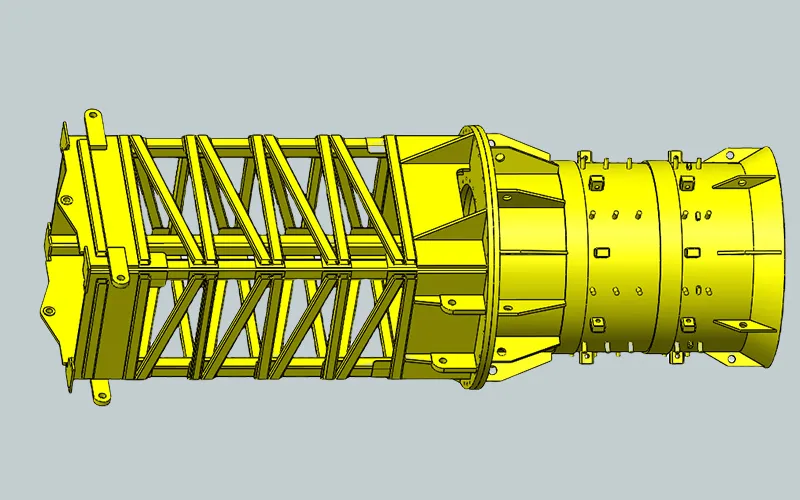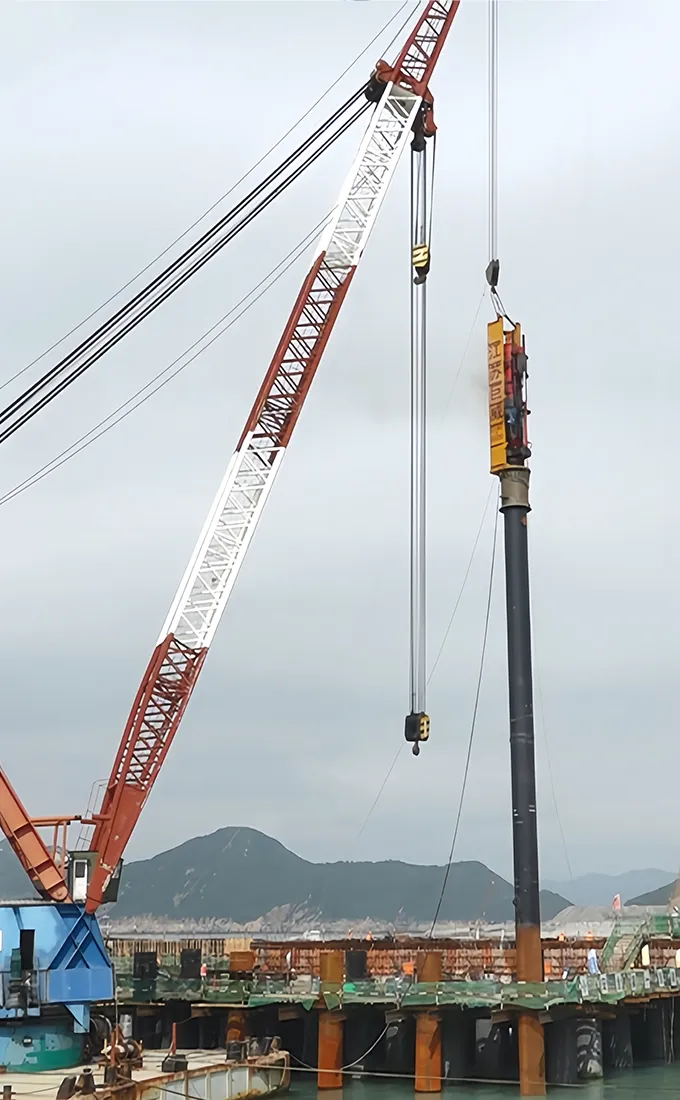Observation of building settlement and stability of pile foundation are the core links to ensure engineering safety. With the increasing number of high-rise buildings and complex foundation projects in cities, accurate monitoring of settlement and scientific analysis of pile foundation performance have become the key to avoiding structural damage and extending building life. This article discusses how to conduct building settlement observations.
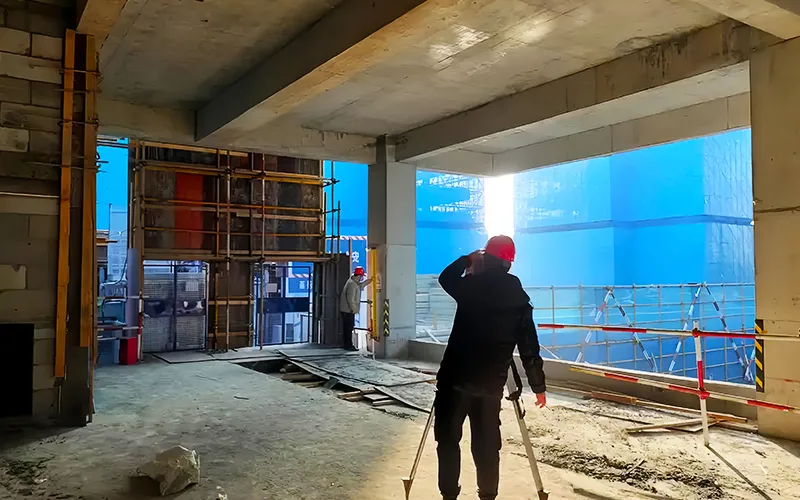
Technical points of settlement observation
Target and accuracy requirements
Settlement observation should measure the settlement amount, settlement difference, and settlement velocity of buildings and foundations. Adjust the observation level according to the building type (such as high-rise buildings, bridges). For deep foundation buildings or high-rise and super high-rise buildings, monitoring should be carried out from the early stages of construction to capture dynamic changes.
Layout of observation points
When setting up settlement observation points, consideration should be given to the building structure, shape, and geological conditions of the site, as well as the convenience of construction and post construction use. At the same time, the points should be easy to store.
Therefore, observation points should be set at key locations such as the corners of buildings and load-bearing walls, and avoid geologically weak areas.
Instrument selection and data management
High precision instruments can improve data reliability. Meanwhile, data processing requires the use of professional software to generate settlement curve graphs and stability assessment reports.
Long term monitoring and dynamic analysis
According to the “Code for Deformation Measurement of Buildings”, if the settlement rate within 100 days is less than 0.01-0.04mm/d, the stability of the foundation can be determined.
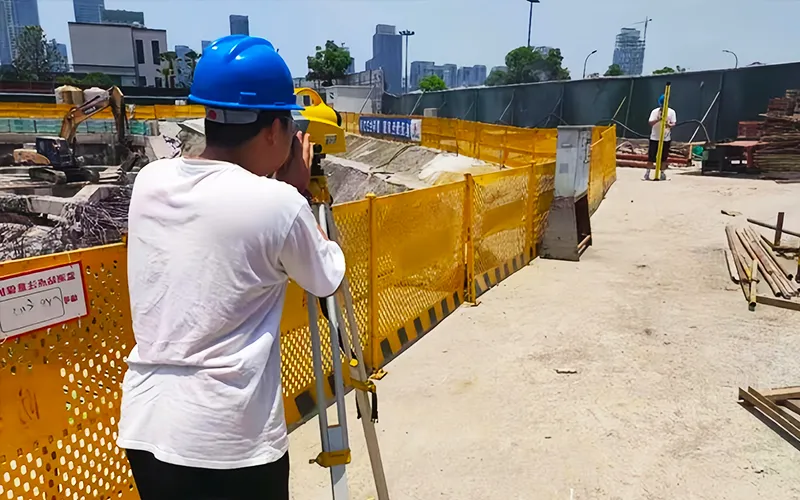
The steps for observing building settlement.
Clearly identify the object of observation.
Select the building that requires settlement tank measurement based on engineering requirements. Such as high-rise buildings, bridge structures, water conservancy dams, etc.
Determine the observation points and benchmarks.
Select a stable location around the target building and set up monitoring points. Usually select the main bearing points or structural feature points of the building. At the same time, set benchmarks in stable areas as a reference for data comparison.
Install the instrument.
According to the characteristics of the project, select appropriate monitoring equipment, such as precision level, total station and other measuring instruments, and perform standardized installation and debugging at preset points.
Implement regular monitoring.
Carry out on-site measurements according to the established regular observation plan. Record the data of each observation in detail to ensure the continuity of the data.
Data analysis.
Use professional software to process and analyze the observed data. Analyze the settlement trend and evaluate the stability of the building.
Prepare a report.
Summarize observation data, analyze data results, and form a complete observation report. The report should include basic engineering information, monitoring methods, data analysis, conclusions, and other elements.
The influence of pile foundation type on settlement and stability
The difference between friction piles and end bearing piles
Friction piles rely on the frictional force of the soil around the pile and are suitable for shallow stable formations; End bearing piles provide bearing capacity through deep rock layers, resulting in smaller settlement. A comparison of a high-rise residential building in Huizhou shows that the cumulative settlement of end bearing cast-in-place piles is 30% lower than that of friction type pipe piles.
Optimization of pile foundation construction technology
The soil squeezing effect of prefabricated piles may cause disturbance to the surrounding foundation, while cast-in-place piles are more suitable for complex geology through on-site pouring. A self built house in Zhanjiang successfully controlled the settlement rate by using a combination of grouting reinforcement and pile foundation.
The importance of selecting the bearing layer at the pile end
The bearing capacity of strongly weathered rock layers is limited, while moderately weathered rock layers can significantly improve the stability of pile foundations. When designing, it is necessary to combine geological survey reports to avoid differential settlement caused by improper selection of bearing layers.
Industry standards and safety assessments
The settlement report should include a distribution map of observation points, data curves, and stability conclusions. Third party review can enhance the authority of the report.
In addition to settlement data, it is necessary to combine slope measurement (such as laser scanning) and crack development analysis to comprehensively determine building safety.
From design to operation, it is necessary to establish a long-term monitoring mechanism. For example, a high-rise building in Guiyang has been continuously observed for 20 years to verify the reliability of pile foundation design and provide reference for similar projects
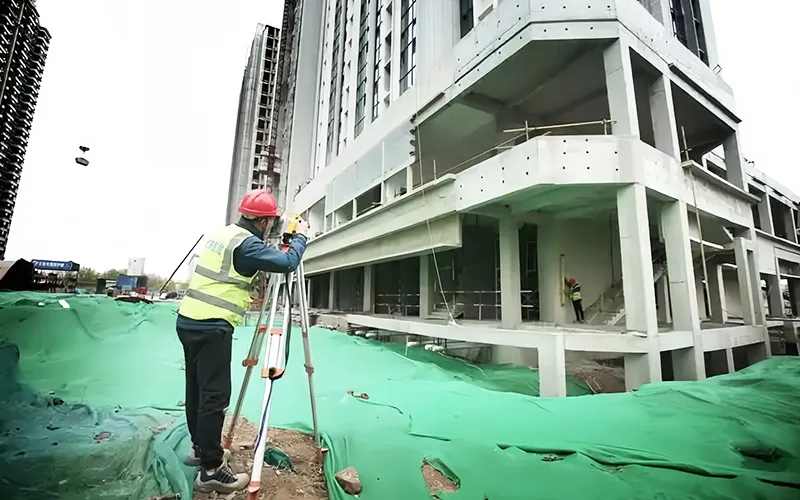
Conclusion
Observation of building settlement and analysis of pile foundation stability can ensure the safety of the project. By accurately arranging observation points and innovating technology, uneven settlement of the structure can be effectively prevented. The construction industry needs to integrate geological data, construction experience, and regulatory standards to contribute to the sustainable development of cities
JUWEI is a leading manufacturer of deep foundation construction equipment. Contact JUWEI Get More Piling Equipment Info.


